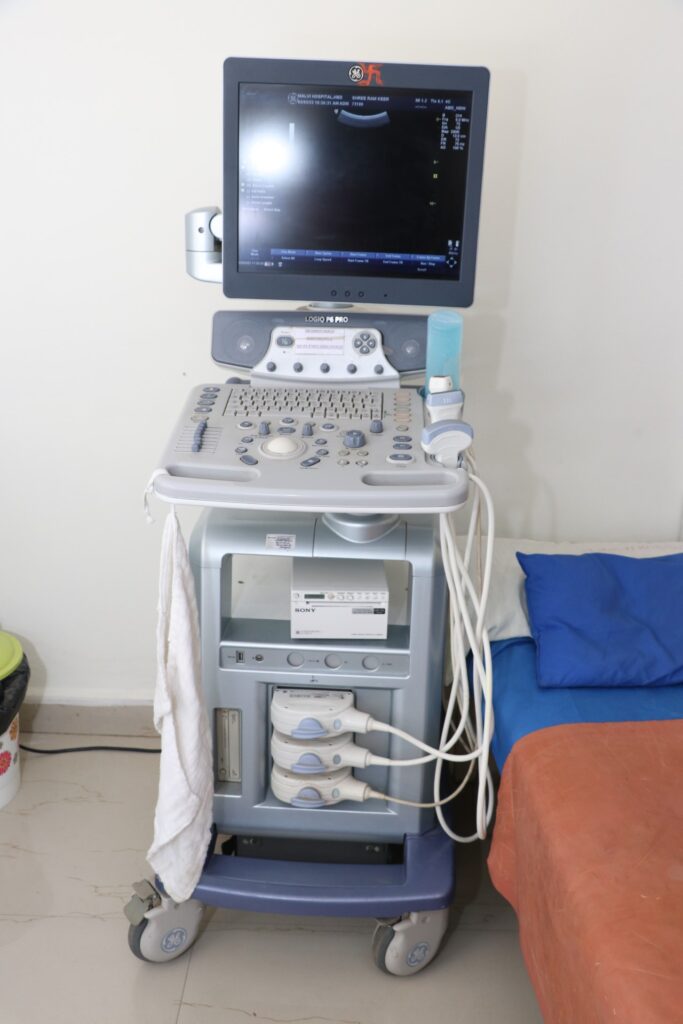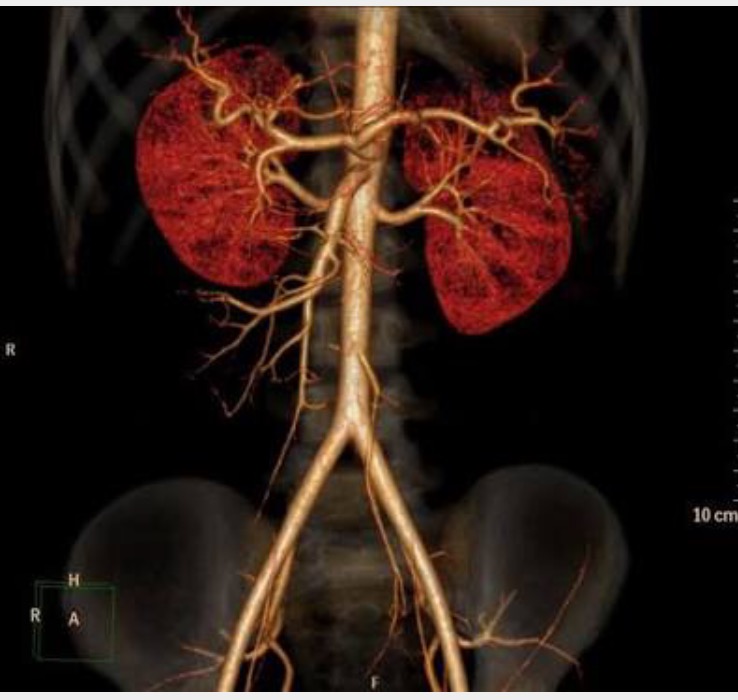- Home
- Departments
- Radiology & Radiodiagnosis

Radiology
Radiology represents a branch of medicine that deals with radiant energy in the diagnosis and treatment of diseases. This field can be divided into two broad areas – diagnostic radiology and interventional radiology. A physician who specializes in radiology is called radiologist.
Intervetional radiology
Interventional procedures for liver abscess and liver biopsies are commonly performed by interventional radiologists or gastroenterologists with specialized training. These procedures offer minimally invasive alternatives to traditional open surgeries and provide diagnostic and therapeutic options for various liver conditions.
Liver Abscess Drainage: If a liver abscess is present, an interventional procedure may be performed to drain the abscess and remove infected material. This is typically done under image guidance, such as ultrasound or CT scan, to precisely locate the abscess. A needle or catheter is inserted through the skin and into the abscess cavity to drain the pus or fluid. Sometimes, a drainage catheter is left in place for continued drainage and administration of antibiotics.
Liver Biopsy: A liver biopsy involves the removal of a small sample of liver tissue for diagnostic purposes. It helps in evaluating liver diseases such as hepatitis, cirrhosis, or liver tumors. There are different methods for liver biopsy, including percutaneous (through the skin), transjugular (through the jugular vein), or laparoscopic approaches. The choice of method depends on the specific situation and the patient’s condition.
During a percutaneous liver biopsy, a needle is inserted through the skin and into the liver to obtain a tissue sample. This is often performed under local anesthesia and image guidance, such as ultrasound, to ensure accurate placement of the needle.
Radiology
Radiology is a branch of medical imaging that utilizes various techniques to visualize the internal structures of the body for diagnostic purposes. Some of the commonly used techniques in radiology include X-ray, CT scan (Computed Tomography), ultrasonography, Doppler ultrasound, and image intensifiers. Let’s explore each of these techniques in more detail:
- X-ray: X-ray imaging involves the use of a small amount of ionizing radiation to create images of the body’s internal structures. X-rays are commonly used to examine bones and detect abnormalities such as fractures or lung infections. They are also used in dental imaging.
- CT Scan (Computed Tomography): CT scan, also known as a CAT scan, is a more advanced imaging technique that combines X-rays and computer processing to create cross-sectional images of the body. A CT scan provides detailed images of organs, blood vessels, and bones. The technique is particularly useful for identifying tumors, internal bleeding, and complex fractures.
- Ultrasonography: Ultrasonography, also known as ultrasound, uses high-frequency sound waves to produce real-time images of organs and structures within the body. It is a non-invasive and safe imaging technique, commonly used in obstetrics for monitoring fetal development and in various other medical fields for imaging the abdomen, heart, blood vessels, and other organs.
- Doppler Ultrasound: Doppler ultrasound is a specific type of ultrasonography that assesses blood flow within the body. By measuring the frequency shift of reflected sound waves from moving blood cells, Doppler ultrasound can provide information about the direction, velocity, and turbulence of blood flow. It is commonly used to evaluate blood vessels, particularly in diagnosing conditions such as deep vein thrombosis (DVT) or peripheral artery disease (PAD).
- Image Intensifier: An image intensifier is a device used in fluoroscopy, a real-time X-ray imaging technique. It amplifies the intensity of X-ray images, allowing for enhanced visualization of moving body structures, such as the digestive system or blood flow in vessels. Image intensifiers are commonly used during procedures like angiography or certain surgical interventions.
These imaging techniques are valuable tools in modern medicine, allowing healthcare professionals to diagnose and monitor a wide range of conditions and provide appropriate treatment. It’s important to note that the selection of a specific imaging technique depends on the patient’s condition, the suspected diagnosis, and the expertise available in the medical facility.


Emergency Cases
Please feel welcome to contact our friendly reception staff with any general or medical enquiry call us.

